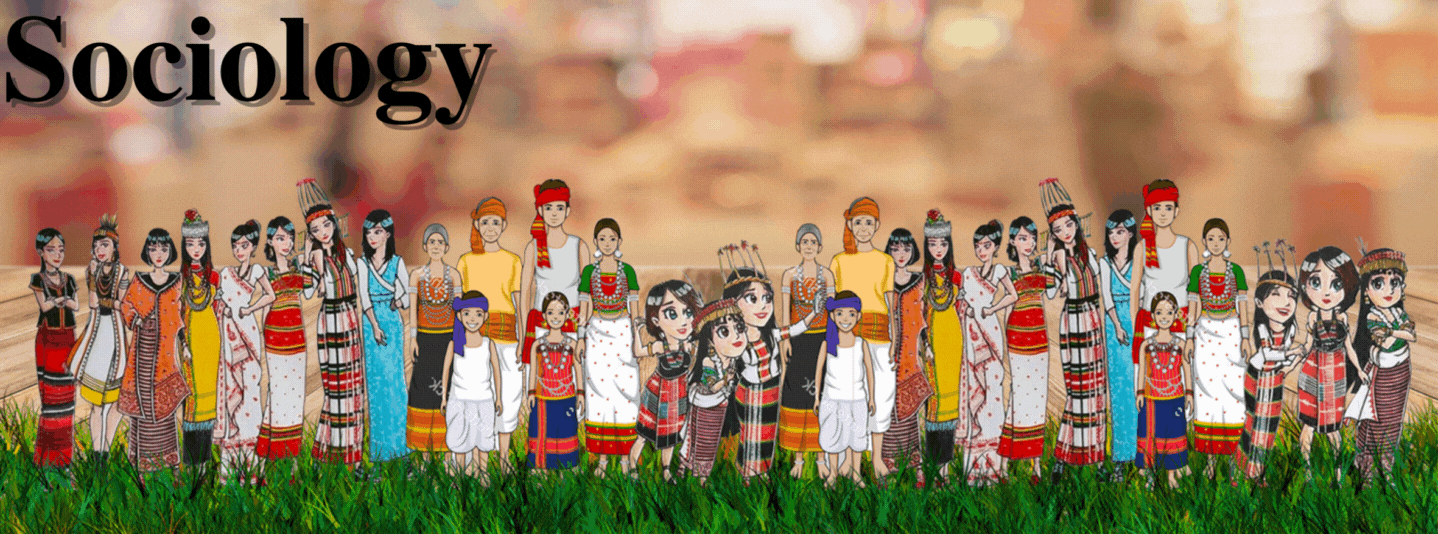Introduction
The concept of family has undergone profound transformations over the past century, shaped by socio-economic, technological, legal, and cultural forces. Traditional nuclear families—once the dominant model—are increasingly giving way to diverse structures, including single-parent households, blended families, child-free couples, and LGBTQ+ families. These changes reflect broader societal shifts in gender roles, economic pressures, technological advancements, and evolving cultural norms. Understanding the forces driving these changes is essential to appreciating the resilience and adaptability of modern families. Let us examines the forces of change that force to reshaped families in the given below –
1. Economic Transformations and Family Dynamics
India’s rapid economic liberalization since the 1990s has reshaped family structures, particularly in urban areas. The shift from agrarian economies to service and tech sectors has driven migration to cities, fragmenting traditional joint families into nuclear units. According to the National Family Health Survey (NFHS-5, 2021), only 21% of urban households now live in joint families, down from 43% in 1981 (IIPS, 2021). Dual-income households have become essential due to rising living costs, with female labor force participation rising marginally to 25% (World Bank, 2022). However, informal sector workers, constituting 81% of India’s workforce (ILO, 2023), face job insecurity, straining family stability. For instance, gig economy workers in cities like Mumbai and Bengaluru juggle precarious incomes and familial responsibilities (Sharma, 2019). Additionally, delayed marriages—India’s median marriage age for women rose to 22.1 years in 2021 (NFHS-5)—reflect economic pressures prioritizing education and careers over early family formation.
2. Technological Influence on Family Interactions
India’s digital revolution, with over 800 million internet users (Statista, 2023), has redefined family communication. Apps like WhatsApp bridge generational gaps, enabling rural migrants in cities to stay connected with families in villages. However, screen-time conflicts are rising; a 2022 study in Indian Journal of Community Medicine found 34% of urban parents report reduced face-to-face interaction with children due to smartphone use (Patel et al., 2022). During COVID-19, remote work blurred work-family boundaries, especially for urban middle-class families. A survey by the Indian Society of Labour Economics (2021) noted that 68% of working mothers in Delhi faced burnout managing childcare and remote jobs. Conversely, rural families often lack digital access, deepening inequities in education and social support (NITI Aayog, 2021).
3. Shifting Gender Roles and Family Structures
India’s gender dynamics are evolving unevenly. Urban educated women increasingly challenge traditional roles, with female enrollment in higher education rising to 49% (AISHE, 2021). Policies like the Maternity Benefit (Amendment) Act (2017) support working mothers, yet only 28% of urban women rejoin work post-maternity (Das & Desai, 2020). In rural India, patriarchal norms persist: 77% of men oppose women working outside the home (NFHS-5). Same-sex families remain unrecognized legally, though the 2018 Navtej Singh Johar verdict decriminalized homosexuality. LGBTQ+ activists highlight growing “chosen families” in metros like Mumbai, though societal acceptance lags (Dutta, 2022).
4. Legal and Policy Reforms Impacting Families
India’s legal framework reflects contradictions in supporting modern families. Progressive laws like the Protection of Women from Domestic Violence Act (2005) and the 2017 Surrogacy (Regulation) Act aim to protect vulnerable groups. However, regressive policies, such as restricted access to abortion (under the Medical Termination of Pregnancy Act, 1971), disproportionately affect rural women, with 8% of maternal deaths linked to unsafe abortions (PLOS Medicine, 2022). The absence of universal paid paternity leave contrasts with Sweden’s gender-neutral policies, perpetuating caregiving burdens on women (OECD, 2019). Recent Supreme Court debates on legalizing same-sex marriage (2023) highlight tensions between traditional values and constitutional rights.
5. Environmental and Demographic Pressures
Climate change exacerbates family instability in India. In 2022, floods in Assam displaced 5.4 million people, fracturing kinship networks (NDMA, 2022). Meanwhile, air pollution in Delhi forces affluent families to relocate, while the poor endure health crises (Chowdhury et al., 2021). Demographically, India’s aging population—projected to reach 19% by 2050 (UNFPA, 2023)—strains elder care, as urban youth migrate for jobs. Rural “left-behind” children, numbering 29 million (UNICEF, 2020), face developmental gaps due to parental migration. Caste also intersects with these pressures: Dalit families in villages face displacement from climate-linked agrarian crises, deepening socio-economic marginalization (Thorat, 2019).
Conclusion
India’s families are navigating a unique interplay of global and local forces. Urbanization and digitization foster new family models, yet rural India clings to tradition amid economic precarity. Legal reforms and grassroots movements, such as the #MeToo campaign, signal progress, but systemic inequities persist. Policymakers must prioritize inclusive social safety nets, gender-sensitive laws, and climate resilience to support India’s diverse families. By balancing modernity and tradition, India can harness these forces of change to build equitable family systems.
References
AISHE. (2021). All India Survey on Higher Education 2020–21. Ministry of Education.
Chowdhury, S., et al. (2021). Air pollution and household migration in Delhi. Environmental Research Letters. https://doi.org/10.1088/1748-9326/abc123
Das, M., & Desai, S. (2020). Women’s employment post-maternity in urban India. Economic & Political Weekly, 55(12).
Dutta, A. (2022). Queer kinship in urban India. Journal of LGBTQ Studies, 18(3).
IIPS. (2021). National Family Health Survey-5. International Institute for Population Sciences.
ILO. (2023). India labour market update. International Labour Organization.
NDMA. (2022). Assam flood report. National Disaster Management Authority.
NITI Aayog. (2021). Digital India: Challenges and opportunities. Government of India.
OECD. (2019). Parental leave: Where are the fathers? OECD Publishing.
Patel, R., et al. (2022). Screen-time and family dynamics in urban India. Indian Journal of Community Medicine, 47(4).
Sharma, R. (2019). Urban migration and family fragmentation. Journal of South Asian Studies, 44(2).
Thorat, S. (2019). Caste, climate, and displacement. Dalit Studies Quarterly, 12(1).
UNFPA. (2023). India aging report. United Nations Population Fund.


Post a Comment